8 underrated skills of the indigenous peoples of America that we should learn again
The Indigenous peoples of America were incredibly skilled in everyday life. Find here a list of survival skills from which we should learn.
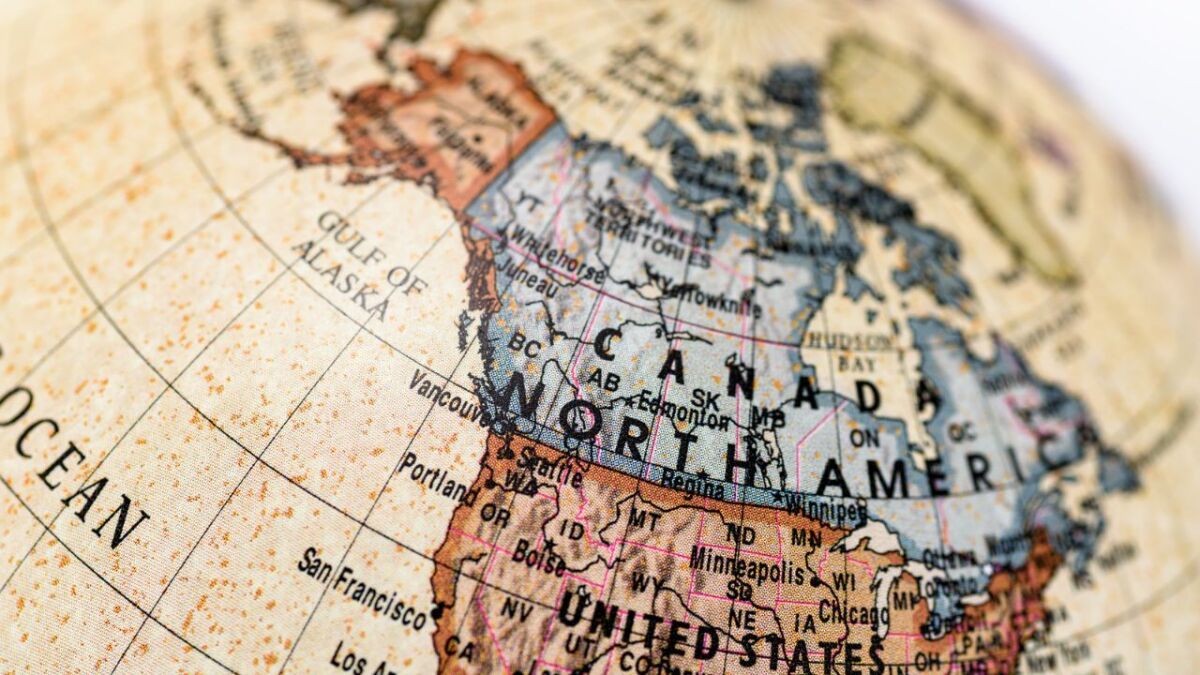

From Martin Gebhardt. Check out my “About me” page.
👉 The key facts from this guide
- Gratitude: Appreciate what you receive and possess, and recognize the connection with nature.
- Nature has everything you need: Learn to use natural resources for your survival.
- Think together: Recognize that we are stronger together and can take better care of each other.
- Read Signs: Sharpen your senses and pay attention to changes in nature to better respond to them.
- Share your knowledge and skills to ensure the survival of the community.
- Zero waste: Use resources efficiently and recycle everything possible to live sustainably.
Our sheltered upbringing in houses that can be heated and protected from the weather creates security and well-being.
Refrigerators and agriculture secure our food supply and the faucet seemingly provides us with endless amounts of drinking water.
But all of this also separates us from the outside world. Without prior experience and knowledge, we would be lost in the wilderness.
To survive there, we must reacquire long-forgotten skills.
For this, I have particularly drawn on the practices of indigenous peoples in North America in wilderness education. Because they still have the direct access that we have already lost.
Due to the genocide and displacement of indigenous tribes, only a few people remain who still live according to these ancient traditions.
It is all the more important to honor and learn from this culture. Even our ancestors, as indigenous peoples, lived no differently.
Here, however, I would rather not discuss the obvious practices, but rather want to delve into the worldview and mentality.
How do the Apaches, Iroquois, Shoshones, or Cree look at the Earth, and what is their connection to it?
In the following, I have tried to create an image and gather the information available to me. If you also would like to learn from it, then keep reading!
1. Gratitude - learn to appreciate what you receive and possess
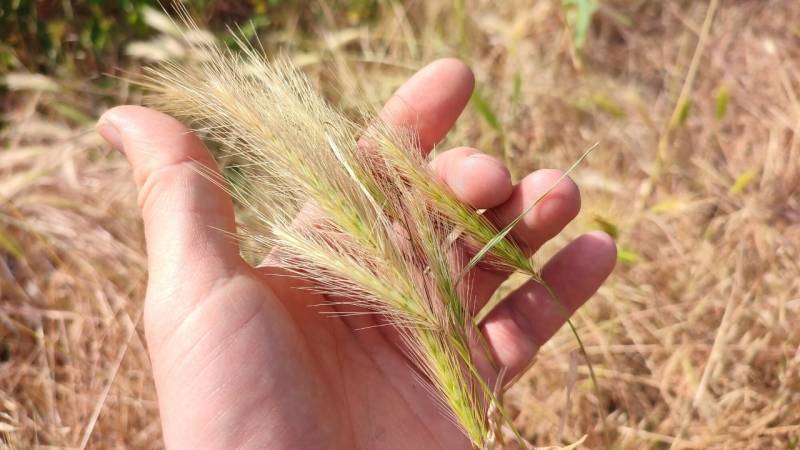
In 1977, delegates of the Haudenosaunee (Iroquois Confederacy) set off for Geneva to participate in a UN conference and make an appeal to the Western world.
Here the Haudenosaunee depicted their view of the Earth and referred to the web of life.
Part of this network are also us humans, intricately intertwined with trees, animals, and other organisms on this planet.
But not only life itself is honored, but everything that enables this life at all. The water from the river, the sun, and the moon are also part of the higher consciousness.
The core of this worldview is gratitude for everything that is connected to us and enables us to survive on this earth.
Because the fact is: Alone we could not survive on this earth, and gratitude is a powerful tool to honor and raise awareness of this connection.
The emphasis of gratitude does not lie in possession or personal happiness. Above all, it lies in the gifts that all people receive from their natural environment.
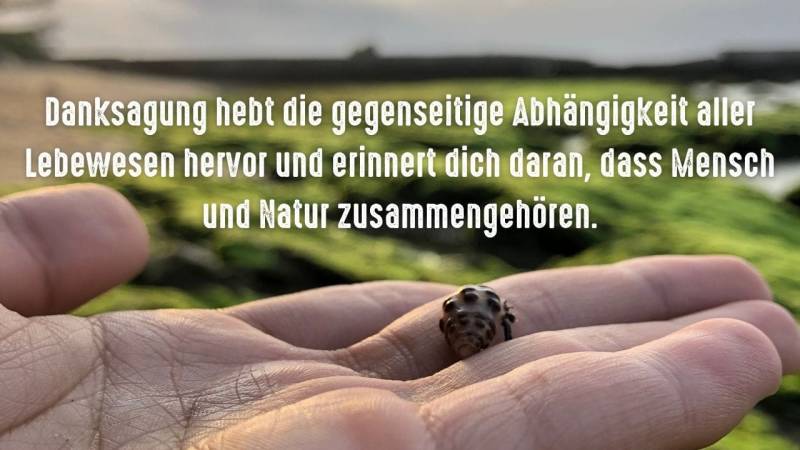
There is a simple exercise that I like to practice before falling asleep. I asked myself about three things that I was grateful for today and why.
Furthermore, I try once again to put myself in the moments and perceive everything that was present in this situation.
I derive a lot of strength from gratitude, and it creates a sense of all-encompassing trust, which is why I have also written a more extensive article about gratitude. You will also find a thanksgiving speech by the Iroquois as a PDF document there.
2. Nature has everything you need
This mantra is probably the basis of Bushcrafting, and the indigenous people of North America also had to obtain all resources from nature.
From flint to animal skins, everything had to be collected or hunted to build tipis or other shelters.
Such a dependency provides direct access to nature and complements the previous point of gratitude. Naked and without equipment, most of us would be helpless in the wilderness. However, for indigenous people, this is everyday life.
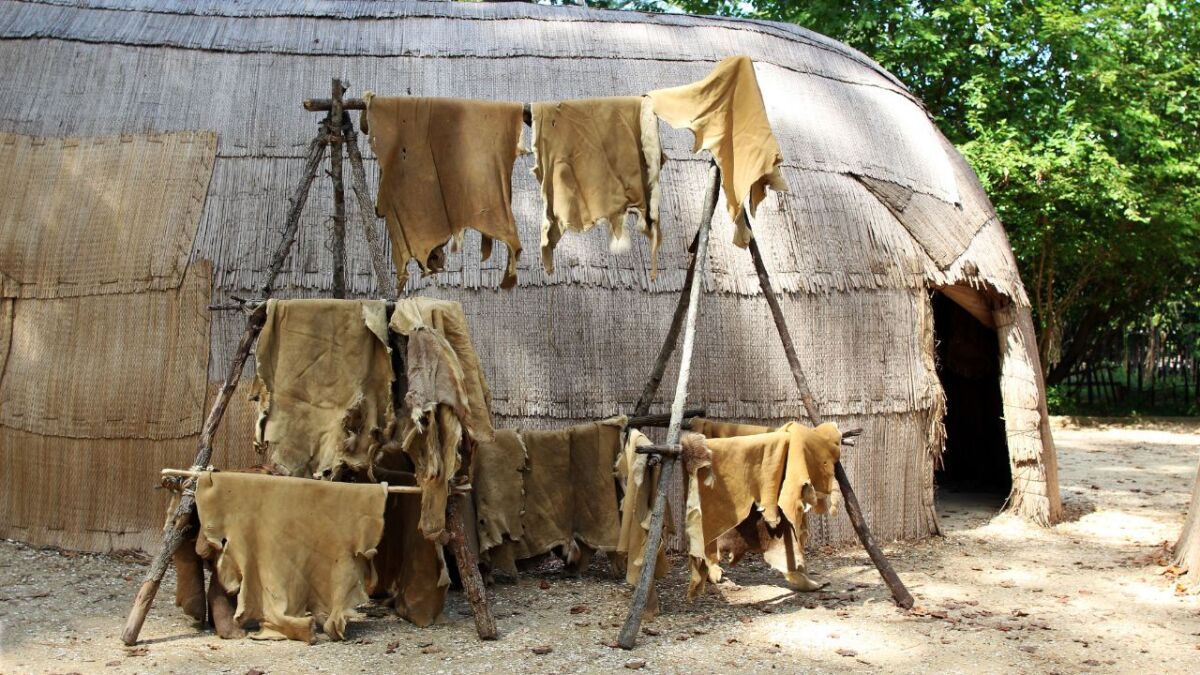
When the western settlers arrived, many tribes were excited about the simple and mass-produced tools that usually meant hours of work for the tribes.
They entered into trade relations with the Europeans and paid a high price for it. Their freedom was lost through this dependence. Not to mention the diseases that were introduced by the Europeans and decimated a large part of the indigenous population.
What I mean to say is: Nature provides us with everything you need for your survival. You just need to know how to utilize the resources for yourself.
However, you should not forget that there is hardly any real wilderness left in Germany. Only 0.3 percent of the forest in Germany is in its natural state. The rest is managed by forestry, often consisting of monocultures and does not provide sufficient diversity to survive there.
3. Think collaboratively
If there is a major crisis, in my opinion, there are two scenarios for the development of humanity.
The first scenario is: Everyone for themselves. Following the motto of the lone wolf, no help is needed from other people. Everyone thinks only of themselves and at most of their family, and behaves accordingly. There is looting, hoarding, and one's own supplies are defended with violence if necessary.
So, it is currently happening in large parts of the world, and if we are not careful, this reality can also befall us.
The second way leads through community. This requires a change in consciousness. We need to recognize that we are stronger together and can take better care of each other. However, we sometimes need to put our needs aside and develop a greater awareness. A communal consciousness.
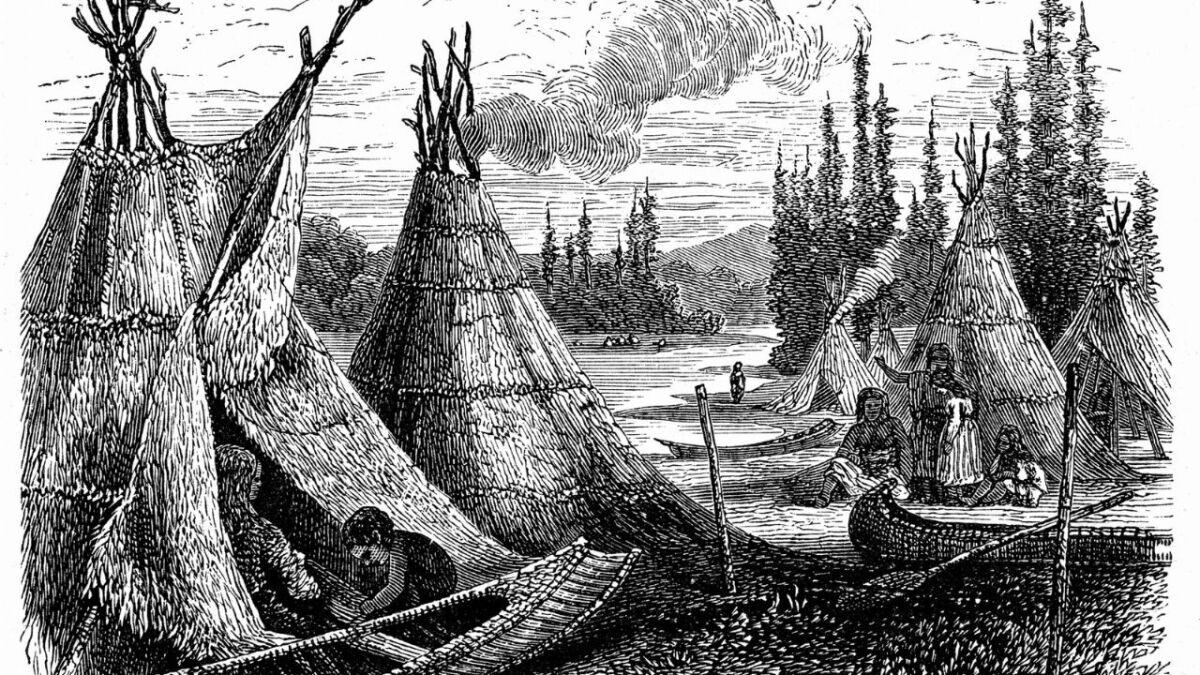
So, the Indigenous people of North America used to live. They took care of each other and had clearly defined roles, so that the whole community could survive.
Old people possess wisdom and play their role as advisors. However, this is only possible if they are also taken care of by the younger members of the tribe.
I consider the latter option to be much more sustainable. And it is also perfectly fine to prepare for crises, but I will also share my stockpile.
In order not to romanticize tribal life as a whole, it must be acknowledged that conflicts between indigenous tribes were often fought with bloodshed.
But here I appeal to our reason and to the fact that we can also learn from this past and do better in case of doubt. This is very utopian, but hope still exists.
4. Interpreting Signs - or in Harmony with Nature
Contrary to expectations, many tribes of Native Americans also lived in houses. While tipis were also used by sedentary tribes, they only became important for nomadic tribes.
The Iroquois, for example, lived in houses that were up to 25 meters long. However, contrary to this, the residents mainly lived outside and only gathered in the houses to sleep.
This close connection to nature also trained the eye for changes. As is well known, tracks were read to track down animals. This required particularly sharpened senses and utmost vigilance. Read my guide, in which I show you many animal tracks. Weather changes could also be predicted based on signs from nature.
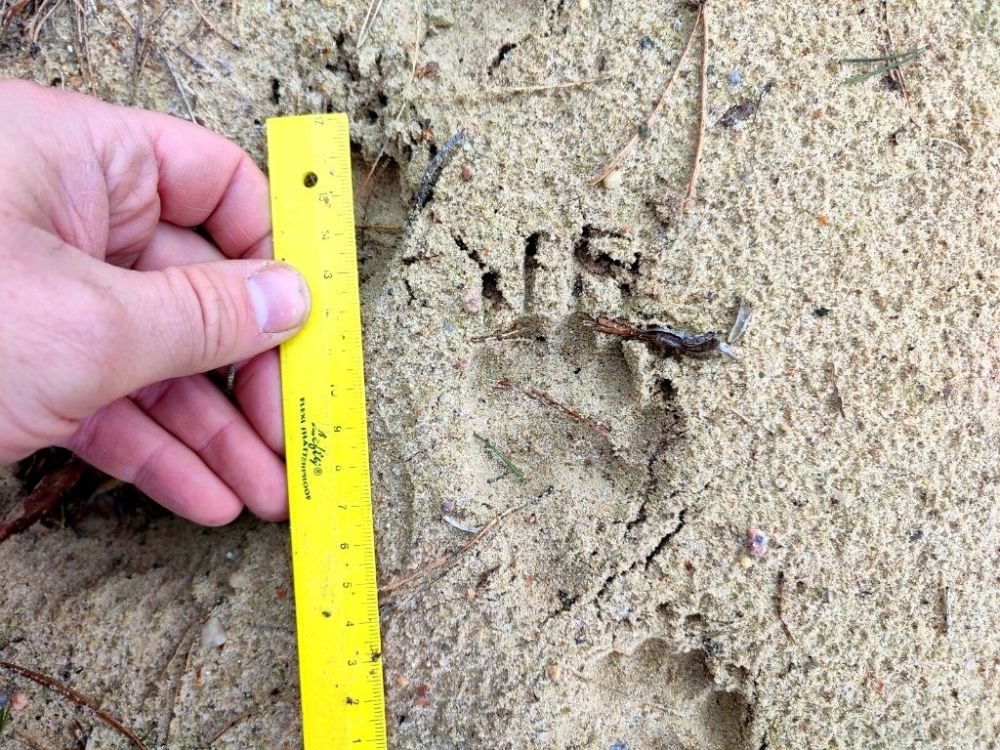
Birds play a crucial role in this, as they react much more sensitively to changes than we humans do. Startled birds flying in one direction often indicate a danger (predator, bird of prey, storm).
If you would like to learn more about bird language, I highly recommend my guide "A Guide to Approaching Bird Language and How to Learn to Understand Birds Yourself".
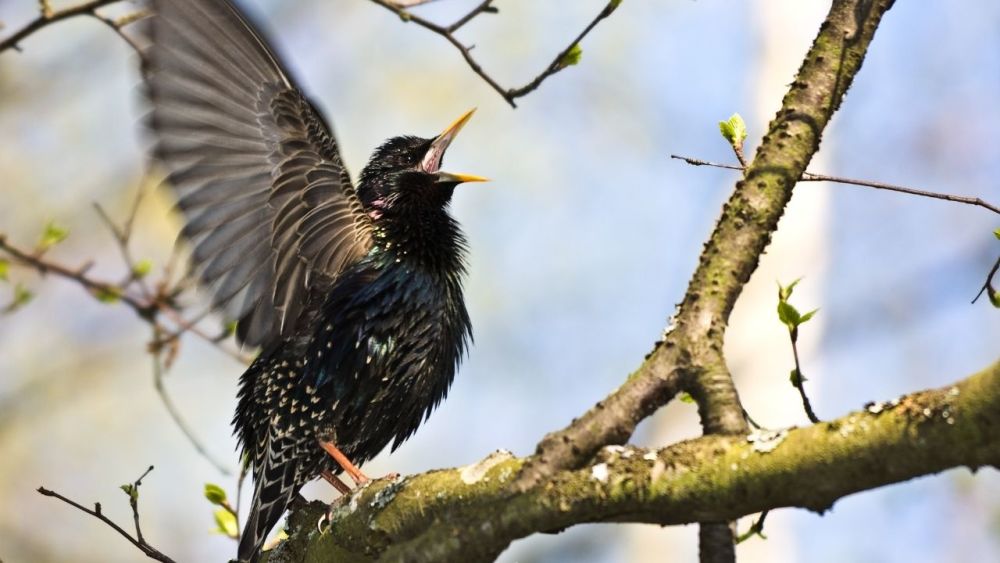
Another example in our latitudes is the well-known daisy, which closes in the rain to protect its valuable pollen. This happens long before we see the first dark cloud in the sky. It can provide you information about the approaching rain.
I have also written about the daisy and its healing power here.
The nature gives us even more signs, you just have to learn to look closely.
5. Passing on knowledge
The indigenous people all over the world did not have a survival workshop or wilderness school to prepare themselves for the world.
Usually, parents teach their children survival skills. If parents fail in their teaching or neglect this responsibility, it can quickly lead to the death of the child.
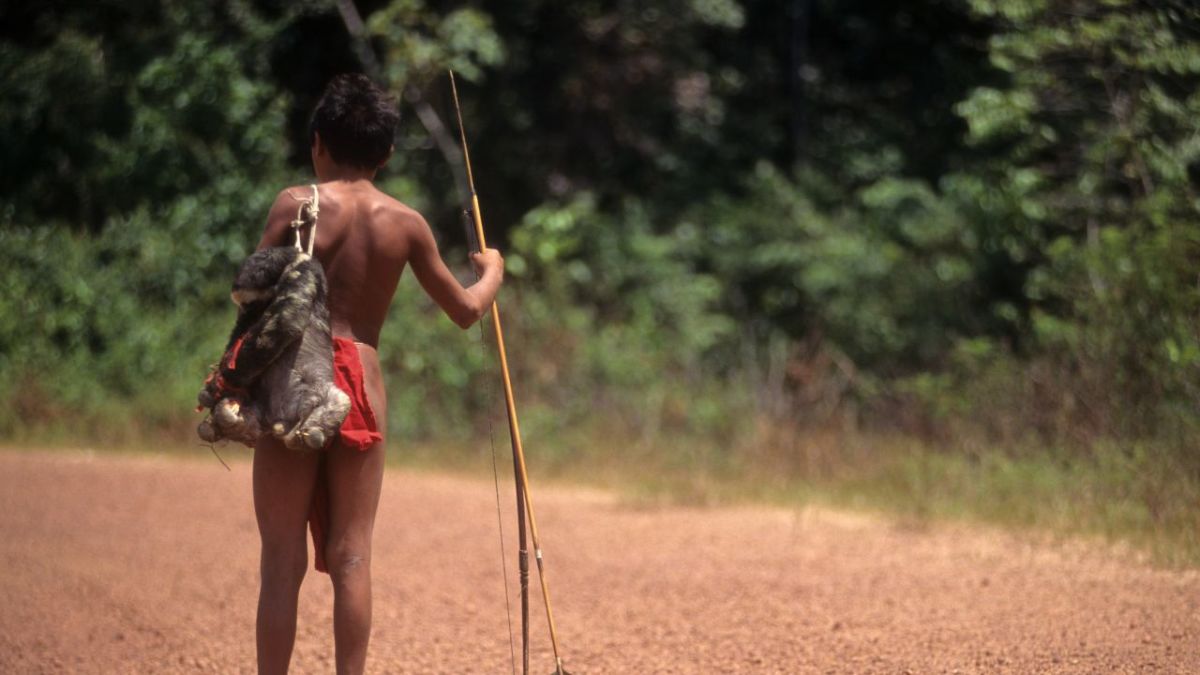
Because often the children are sent to the wilderness to transition into adulthood. Here they must survive and find their way back to the community.
These also include essential skills to make one's own tools. The bow, the knife, but also the shelter had to be built by oneself.
Therefore, it is our task to pass on our learned skills and knowledge. Teaching is an essential part for a promising future. Otherwise, the old knowledge dissipates.
Read also
The Western Education System and the Learning System of Our Ancestors - two completely different educational philosophies compared - The Western Education System and the Learning System of Our Ancestors - two traditions that are diametrically opposed in many ways.
6. No Waste
Waste and garbage were almost non-existent before the arrival of Europeans in North America. Everything that could be utilized was utilized. This is incredibly interesting in terms of sustainability, but how does this secure your survival?
If you learn to use your resources efficiently, you will have much less effort to access additional resources. Because you use your material holistically for yourself.
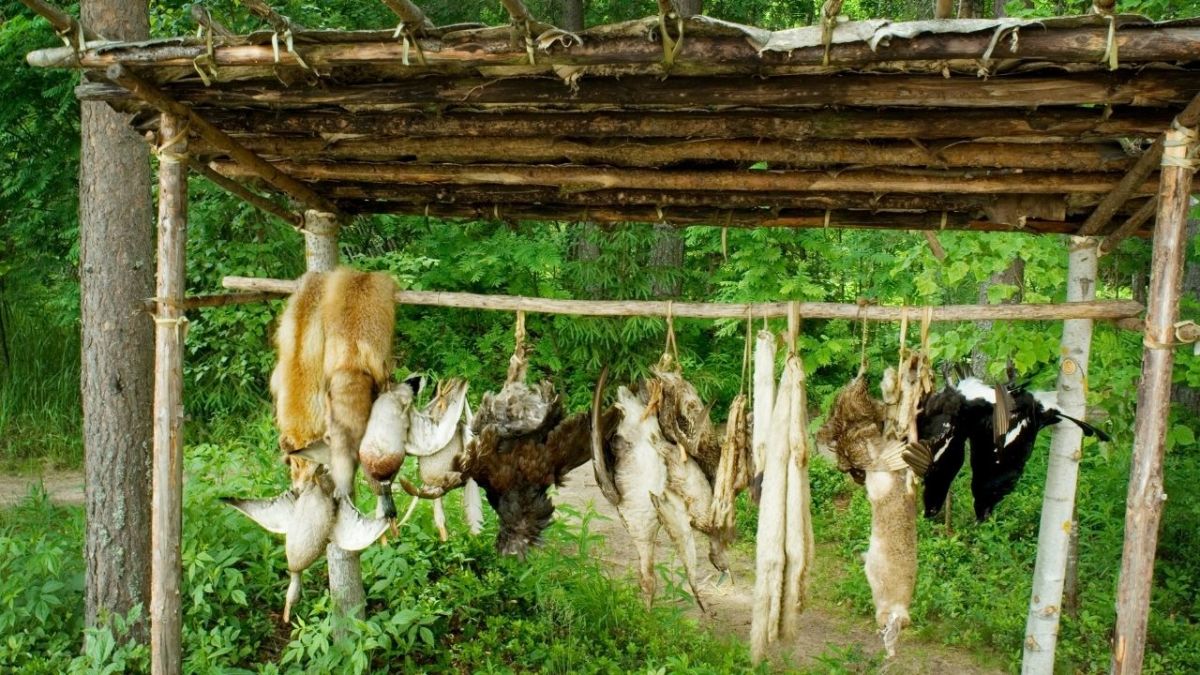
The key is to know what to do with all the leftovers. The simplest example would be hunting a buffalo for food.
- The fur as a blanket, seat cushion or container
- The skin for building tipis or for containers
- The bones for weapons (knives, arrowheads, fishing hooks) and for tools
- The tendons for ropes
- The teeth and claws for jewelry
You see: An animal was used in its entirety by the indigenous people.
7. The value of medicinal plants
The indigenous tribes of North America are globally known for their knowledge of healing plants. There is a rumor that the healing plants were discovered by observing sick animals.
If animals turned to these plants in their illness, humans also tried it. The availability of the plants was always taken into account. On the one hand, to not endanger the plant and on the other hand, to leave enough medicine and food for the animals.
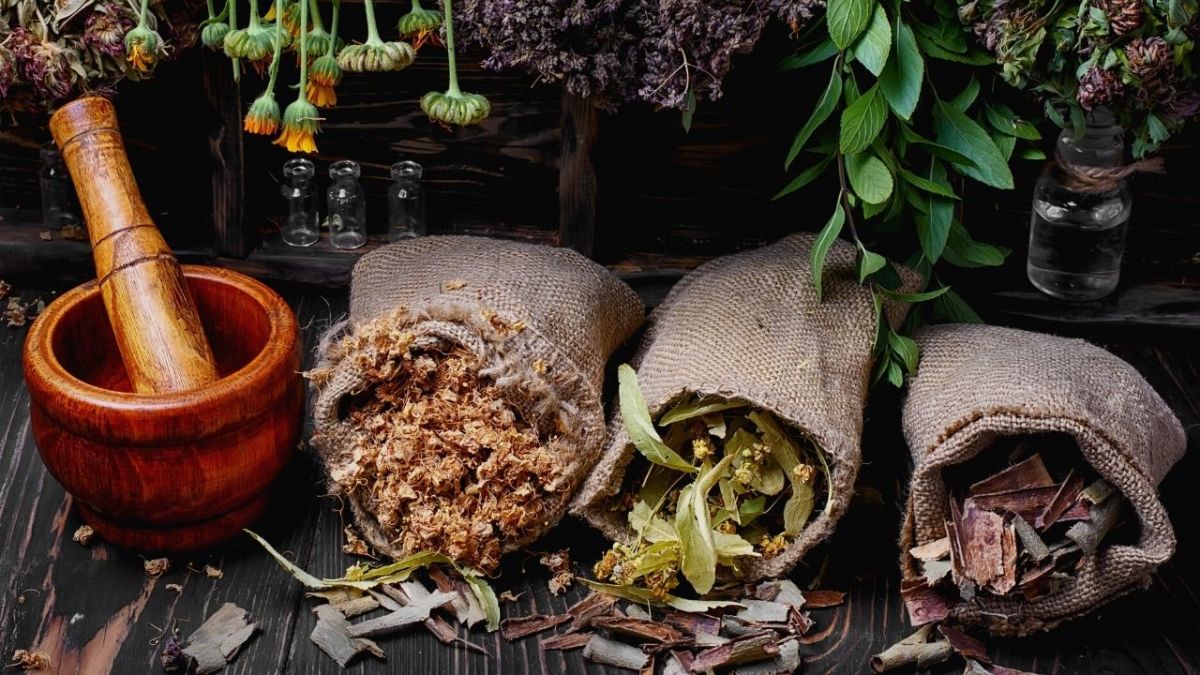
Of course, different plants grow in North America than in Europe. In light of this, it is important to build our own knowledge about plants. If medical care fails in crises, we can also turn to nature.
In my blog, I have already discussed some plants that occur in our area and offer some health benefits. Read more:
- Edible plants: find this emergency food in the forest (list + pictures)
- Plant your backyard pharmacy with these effective medicinal herbs
8. Moving in harmony with nature
One crucial skill of Native Americans is stealth. Especially for hunters, it was possible to move almost silently through nature.
While the appearance was not significantly louder than the rustling of leaves in the wind. Slow and mindful movements are the key to not being discovered prematurely. Because back then, people had arrows and bows, but still had to get very close to the animals.
For you, it is essential to choose a thin sole or, ideally, to walk barefoot. This way, you can feel what is happening under your feet, and with a little practice, you won't even need your eyes anymore.
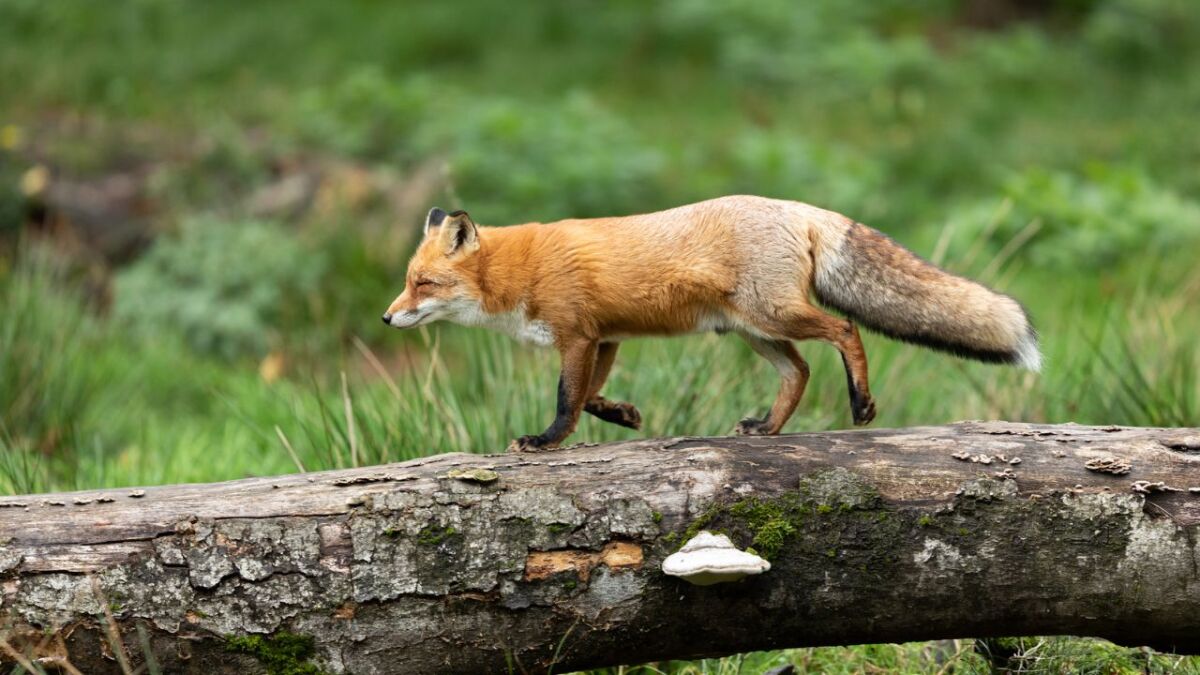
The gait is called fox trot.
Here, a stable stance and mindful movements are essential. In doing so, you place one foot in front of the other and initially feel with the tips of your toes.
If your foot has found the ideal next position, you will place the foot over the tips of your toes and slowly step down with the rest of your foot.
For me, this is an incredibly good exercise to align myself with my surroundings and perceive everything that is happening around me.
Read also
Go barefoot! Several reasons why you should do it today - Going barefoot is a great way to reconnect with the earth and ground yourself. I'll show you reasons why barefoot running is beneficial.
Conclusion: We have forgotten many skills that would enrich our lives
There is much more to learn here, and each point could claim an article of its own.
However, I wanted to give you a brief overview of the abilities that are not initially visible but make a crucial difference.
The mentality and awareness are not only important for your survival in the wilderness, but especially in experiencing and penetrating nature, they are a crucial factor.
I wish you a lot of fun trying out the exercises and you are welcome to explore more in the category of wilderness education. There you will find even more exercises.

Sources for the guide
https://www.offthegridnews.com/lost-ways-found/survival-skills-native-americans/
https://blog.survivalfrog.com/native-american-survival-skills/
https://goodminds.com/products/basic-call-to-consciousness-1981
https://www1.wdr.de/wissen/natur/urwald-europa-100.html
https://map-expo.com/highlights/23-medicinal-plants-native-americans-used-daily-basis/
Buch: Active Hope: How to Face the Mess We’re in with Unexpected Resilience and Creative Power

Author of the guide
Martin Gebhardt
Hey, I'm Martin. On my blog, you will learn the basics and numerous details about living in the wild. I think survival, bushcraft and the good life in nature are the keys to happiness. Find me here on Instagram or on YouTube. You can find more about my mission on the About Me page.
Was this guide helpful?
14 people found this guide helpful.
5.00 out of 5 points (14 Ratings)
Comments (0)
This post may contain affiliate links. So if you click on the links and make a purchase, I will receive a small commission at no additional cost to you. Click here, to learn more about it.



